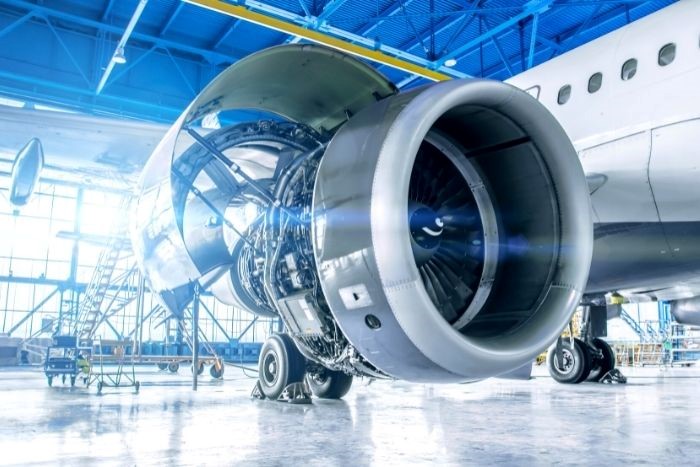In the dynamic world of aerospace, the role of data acquisition in aerospace systems has become pivotal. As technology evolves, the importance of accurately capturing and analyzing data cannot be overstated. Whether you’re an enthusiast, a professional, or part of the global trading community such as exporters and importers, understanding this concept is crucial.
Aerospace systems rely heavily on precise data acquisition to ensure the safety, efficiency, and innovation of their technologies. This process involves collecting and assessing data from various components within an aircraft. Its integral for optimizing performance, enhancing safety measures, and driving advancements in technology.

The Core of Aerospace Systems
Understanding Data Acquisition
Data acquisition refers to the process of measuring physical phenomena such as temperature, speed, pressure, and vibration. In aerospace, this data is vital for monitoring and improving an aircraft’s performance.
Components Used in Data Collection
Various sensors and transducers are employed to capture data. These components convert physical variables into readable signals for analysis.
Importance of Data Acquisition in Aerospace
Ensuring Safety
By effectively utilizing data acquisition, aerospace systems can preemptively address potential safety issues. This proactive approach minimizes risks and enhances overall safety.
Boosting Efficiency
Data plays a critical role in optimizing the efficiency of flight operations. It aids in reducing fuel consumption, increasing flight precision, and ensuring timely maintenance.
Thermal management in avionics is also influenced by precise data acquisition to ensure optimal performance.
How Data Acquisition Works in Aerospace
The Collection Process
The data collection involves capturing signals from aircraft components. This information is communicated to control systems for real-time decision-making.
Role of Embedded Systems
The use of embedded systems in aerospace is crucial for seamless data acquisition. They help integrate various components and ensure smooth data flow.
Technological Advancements in Data Acquisition
Modern Sensors
Advancements in sensor technology are shaping the future of data acquisition. Modern sensors are more accurate and capable of capturing vast amounts of data efficiently.
Automation and AI
Automation and AI are enhancing data acquisition processes, making them quicker and more reliable. This integration promises revolutionary changes in the aerospace industry.
Challenges and Solutions
Data Overload
With technological advancements, managing and interpreting data is challenging due to the vast volumes being collected.
Optimization Solutions
Solutions like machine learning algorithms are being utilized to effectively process large datasets and derive actionable insights.
Applications in Different Aspects of Aerospace
Avionics
Avionics systems heavily rely on data acquisition for improving flight control and navigation.Modern avionics involve sophisticated data analysis to enhance performance.
In-Flight Entertainment Systems
In-flight entertainment systems also benefit from data acquisition, providing insights into user preferences and feedback.
The Future of Data Acquisition in Aerospace
Predictive Maintenance
The integration of predictive analytics using acquired data is set to revolutionize aircraft maintenance by preventing potential failures before they happen.
Next-Gen Aerospace Technologies
Future aerospace innovations will likely harness data acquisition to develop smarter and more efficient systems, driving unprecedented advancements.
Aerospace electronics promises to be deeply intertwined with data acquisition to meet future demands.

FAQ
- What is data acquisition? Data acquisition is the process of collecting and analyzing data from various sources to optimize performance and functionality.
- How is data acquisition used in aerospace? In aerospace, it is used to monitor systems, enhance safety, and boost operational efficiency.
- What challenges exist in data acquisition for aerospace? The primary challenges include managing vast data amounts and ensuring precise data interpretation.


